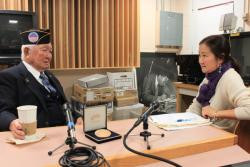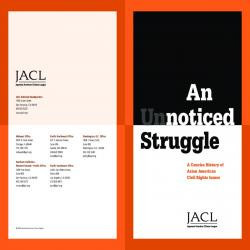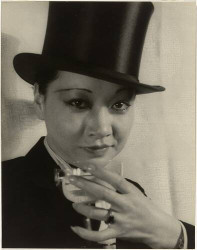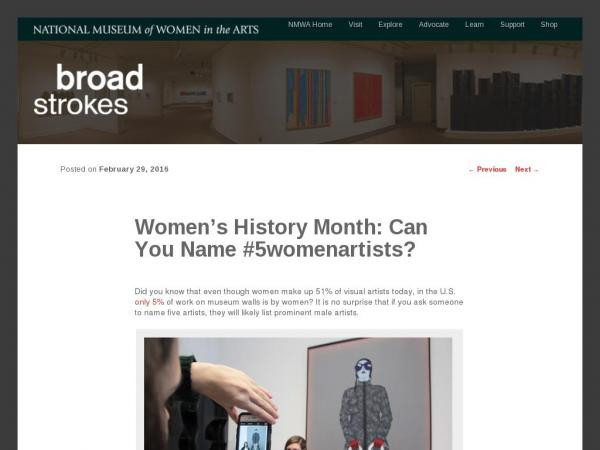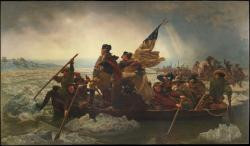Ashley Naranjo
Ashley Naranjo, M.Ed. is a museum educator, specializing in the use of digital resources for teaching and learning. She currently manages distance learning initiatives and education partnerships for the Smithsonian. Portfolio highlights have included: the Smithsonian Quests digital badging program, Smithsonian Online Education Conferences, Smithsonian Learning Lab nationwide teacher professional development, Teachers of the Year programming at the Smithsonian, “Explore with Smithsonian Experts” video series, and Smithsonian print publication guides.
Before coming to the Smithsonian, she has had experiences in education in both formal and informal learning spaces: as an ESOL instructor for adults, a middle school teacher in the humanities and a summer programs administrator. She holds a B.A. in Human Development (Developmental Psychology) from the Lynch School of Education at Boston College, where she was a research assistant and independent study student in the Laboratory of Thinking, Learning & Cognition in the Arts. She completed a M.Ed. in Learning Design and Technology from the Rossier School of Education at the University of Southern California, with a thesis entitled, “Using Digital Museum Resources in the Classroom”. She is a 2019 graduate of the Getty Leadership Institute’s NextGen of Museum Leaders program.
Ashley Naranjo's collections
Activists: Women Who Shaped History
 Ashley Naranjo
Ashley Naranjo
American Indian Responses to Environmental Challenges
 Ashley Naranjo
Ashley Naranjo
Analyzing Oral History Interviews: Asian Indian Community of Cleveland, Ohio
 Ashley Naranjo
Ashley Naranjo
An Introduction to Origami Paper Folding
 Ashley Naranjo
Ashley Naranjo
"An Unnoticed Struggle: A Concise History of Asian American Civil Rights Issues" | Complementary Resources
 Ashley Naranjo
Ashley Naranjo
Asian Pacific American Activists and Leaders
 Ashley Naranjo
Ashley Naranjo
Asian Pacific Americans in the Performing Arts
 Ashley Naranjo
Ashley Naranjo
Astrophotography: Student Activity in STEAM (Science, Technology, Engineering, Arts, and Mathematics)
 Ashley Naranjo
Ashley Naranjo
Comparing Musical Arrangements and Interpretations of "The Star Spangled Banner"
 Ashley Naranjo
Ashley Naranjo
Conducting an Oral History: Tips from Across the Smithsonian
 Ashley Naranjo
Ashley Naranjo
Conflict, Identity, and Place in American Art (2019)
 Ashley Naranjo
Ashley Naranjo



